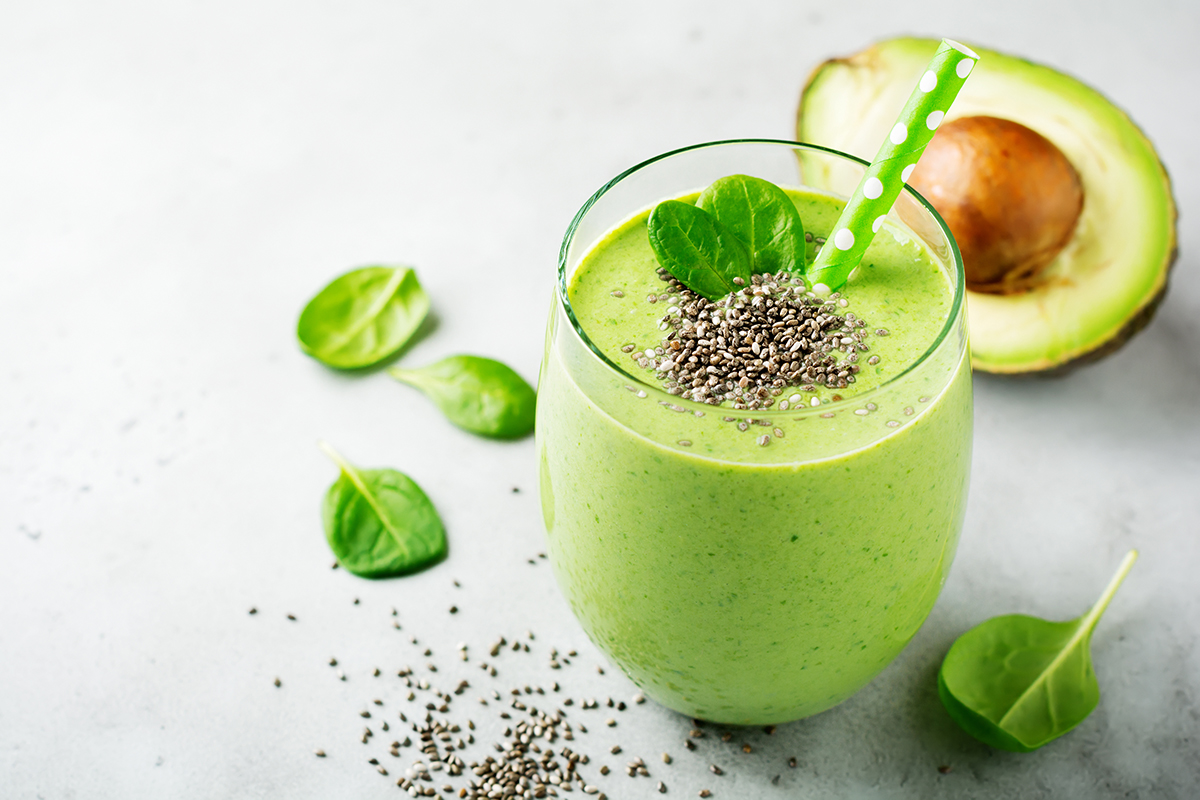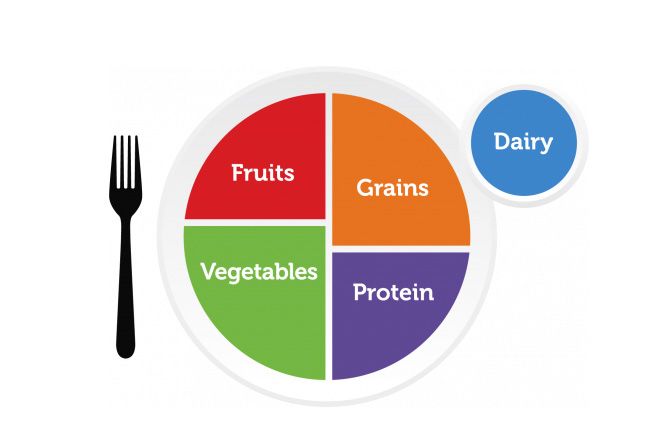
Celebrities like Jennifer Garner, Jessica Alba, and Chelsea Handler are touting the Fab Four Diet as something that helps them stay in top form. So what is the diet, what makes it work and how does it differ from general recommendations like the USDA’s My Plate?
If you’ve tried the Fab Four already, leave us a comment below to let others know how your experience was.
What is the Fab Four Diet?
The Fab Four is a diet created by nutritionist and health coach Kelly LeVeque. It is named so because it focuses on the right mixture of protein, (healthy) fat, fiber, and greens.
How It’s Supposed to Work
LeVeque says that the proportions are based on combining the right amount of protein, fat, fiber, and greens at each meal to help you “feel your best, naturally burn fat and keep energy consistent throughout the day, avoiding insulin spikes that tell our bodies to stop burning fat and start storing it.”
She elaborates “Each of the four components has a purpose: Protein increases muscle tone and signals to your brain that you're full; fat increases satiety, slows digestion, and curbs cravings; fiber helps your gut detoxify and slows the absorption of glucose; and greens fight inflammation and provide key antioxidants and vitamins.”
Eating a Fab Four Diet
To follow the diet, you have three Fab Four–based meals a day, with the following portions in mind:
A serving of protein is palm-size
Fiber and greens in a meal should be the size of two to four fists
Fat should be the size of one to two thumbs
Protein
The Fab Four’s protein pillar includes a variety of sources including seafood, chicken, beef, and pork. It also has plant-based proteins such as seeds, nuts, and beans which are a staple in the Fab Four lifestyle morning smoothies along with animal-based protein powders. LeVeque emphasizes the importance of starting the day with enough protein to stave off cravings.
Fiber
LeVeque suggests getting fiber from non-starchy vegetables and seeds (chia seeds, hemp seeds, and flaxseeds), as well as the occasional sweet potato, rather than whole grains.
She says these fiber sources are more nutrient-dense, fight oxidative stress, and promote the proliferation of healthy gut bacteria. She elaborates that if you have processed carbohydrates, it’s wise to check the label for net carbs to avoid blood sugar spikes.
Fat
The Fab 4 like other diets focuses on fats from healthy sources like nuts, avocadoes, and olives.
We were surprised to find butter on the list but specifically, grass-fed butter. Here, LeVeque emphasizes fats' role in the absorption of fat-soluble vitamins (like Vitamin D) and satiation.
Greens
Leveque promotes meals with plenty of colorful vegetables and greens. The intent here is to get phytonutrients, antioxidants, and free radical-fighting benefits. The focus of the greens category looks to be cruciferous vegetables including broccoli, asparagus, and Brussels sprouts.
How Does It Compare to Common USDA Guidance?

Most of us first learn about nutrition from our parents or lessons about The Food Pyramid/My Plate. So it’s natural to wonder how these general guidelines compare to the Fab Four.
While MyPlate categorizes food into five groups, the Fab Four Diet focuses on four key nutrients. Both diets aim to promote healthier eating habits. The MyPlate emphasizes whole grains and low-fat dairy products and has less upfront emphasis on fat (The pyramid used to lump all fats together at the top indicating they’re to be minimized). Many could argue that USDA guidance, whether it’s MyPlate or its predecessor, the Food Pyramid, has an overemphasis on carbohydrates.
In the areas that overlap, there doesn’t seem to be much controversy between these two approaches to building your plate.
Bottom Line
Can the Fab Four help one to look and eat like a celebrity? LeVeque’s website which has paid membership plans and her books seem to have a glowing reputation. The books could be a way of dipping your toe in and then you could discuss the recipes/ideas with a physician or nutritionist.
Have you tried the Fab Four? How did it work for you?
This article is provided for informational purposes only and is not intended to be used as medical advice. If you have immediate concerns about your health, please seek the help of your physician.




Validate your login
Sign In
Create New Account